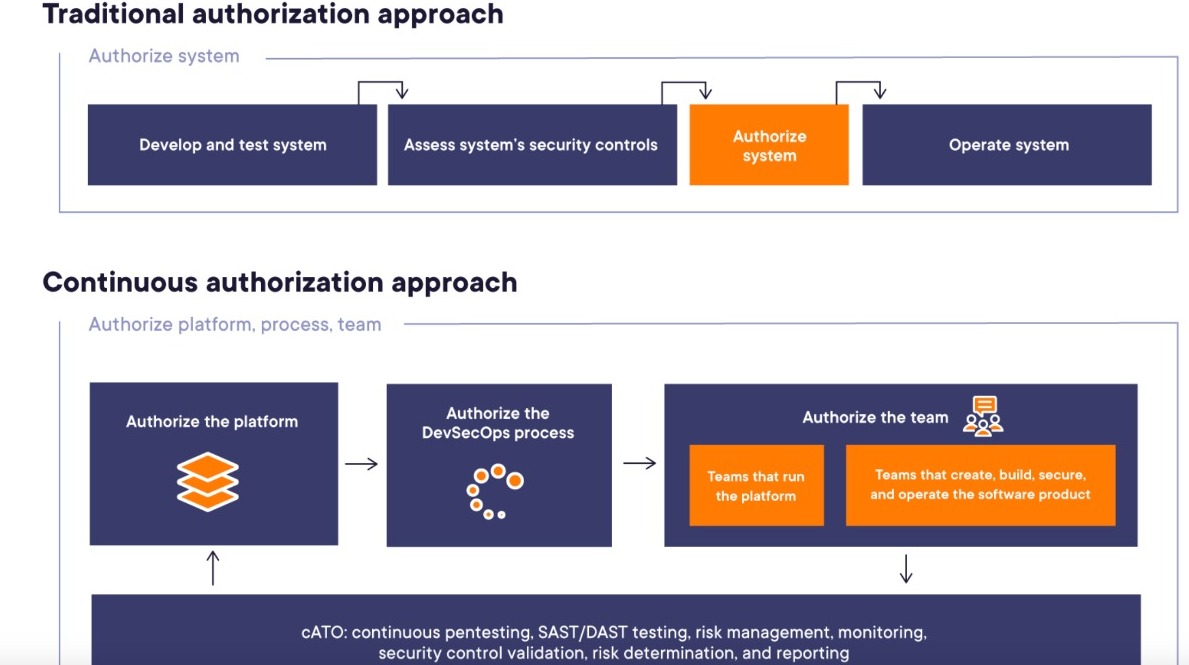Blog Details

Cloud Computing Challenges And Opportunities For The Public Sector
More and more public sector organizations are turning to the cloud to improve their efficiency, resilience, and overall security stance. But to take full advantage of cloud computing in your agency, you need more than a lift-and-shift approach to your migration. You need cloud workers and a public sector cloud strategy to overcome challenges and drive your mission forward.
1. Security and compliance requirements
Whether it’s HIPAA, PCI DSS, NIST, FedRAMP, or something else, security and compliance isn’t anything new for public sector organizations. No matter how familiar you are with various compliance frameworks, shifting to the cloud means navigating new regulations while ensuring security standards.
#cloud #aws #cybersecurity #turtltech
2. Lack of cloud workers
“ Historically, the public sector has struggled to compete with the private sector for tech talent. And that hasn’t changed. ”
Even as more tech talent enters the market (due to layoffs in the tech industry), government agencies struggle to recruit and retain cloud engineers. Why? Complex hiring processes, less competitive benefits, and lack of flexibility often top the list.
But legacy technology systems also present a substantial barrier. Many cloud workers want to stay on the cutting edge and lack the skills or desire to work with the legacy systems that pervade public sector organizations.
4. Legacy infrastructure spending
Public sector organizations, including the federal government, continue to prioritize legacy, on-premises systems despite the push to the cloud.
In fact, even though 54% of public sector CIOs said they’d increase cloud spend at the beginning of 2022, only 35% said they’d decrease spending on legacy infrastructure and data center technologies. As long as agencies continue to prioritize legacy systems, they won’t see full cloud transformation.
5 cloud computing opportunities for public sector
Despite the challenges, cloud computing still offers opportunities for public sector organizations to enhance their operations. If your agency can think beyond the technology itself to the people and processes that will manage it, you’ll see cloud success.
1. Leverage a shared responsibility model Cloud service providers use a shared responsibility model that defines which infrastructure responsibilities they own and which they leave to individual organizations.
These models can help you allocate resources more effectively. For example, if you aren’t responsible for managing the cloud’s software or hardware, you can dedicate more technologists to critical areas like cybersecurity.
Just make sure you fully understand the shared responsibility model and what you and your cloud workers are responsible for.
Dark blue boxes show what a customer is responsible for in a shared responsibility model. This includes customer data, identity and access management, operating systems, server-side encryption, networking traffic protection, and client-side data. Orange boxes show what a vendor is responsible for in a shared responsibility model. This includes the cloud software, storage, database, networking, hardware, availability zones, and edge locations.
2. Improve regulatory compliance Agencies often think of compliance as a barrier to successful cloud adoption. But it’s also a massive opportunity.
Compliance frameworks help government agencies ensure their environments comply with the latest restrictions and regulations. In the case of the cloud, you can look at a cloud provider’s compliance documentation to determine if their services are authorized under a certain framework. If they are, you know their services have been vetted and comply with critical requirements.
Check potential cloud providers for compliance with frameworks such as:
FedRAMP
StateRAMP
Cloud One and Platform One
3. Implement continuous Authority to Operate (cATO) The traditional authorization process for new systems follows a series of linear steps: Public sector organizations will develop a system and assess its security. They’ll authorize it. Then they’ll use it.
While this method provides an extensive assessment of a system’s vulnerabilities, it’s also time-consuming. By the time the authorization is complete, the system may already be out of date.
Continuous Authority to Operate (cATO) provides a more nimble approach. cATO continuously authorizes underlying cloud infrastructure, systems, and platforms. This enables agencies to focus on capability and code delivery, rather than constantly building and authorizing new platforms and infrastructure.
The traditional authorization approach is a linear process. The continuous authorization approach is shown here as a cyclical process. You continuously authorize the platform, DevSecOps process, and teams.
4. Enable remote work
The COVID-19 pandemic forced government agencies to shift to remote or hybrid work—and move some operations to the cloud as a result. Now, more than 90% of employees across industries prefer hybrid work arrangements. The bottom line: Telework and cloud computing are here to stay. While it may take some time to adjust, remote work widens your talent pool and provides potential cost savings (like cost-of-living adjustments to salaries).
5. Close the cloud skills gap through upskilling Only half of technologists have extensive experience working in the cloud. If you’re struggling to recruit the cloud workers you need, try developing your existing workforce instead.
You can start off with free learning resources like webinars, live streams, blogs, and ebooks. When your technologists (or budding technologists) are ready for more advanced skills, you can turn to resources like on-demand courses, instructor-led training, and customized labs and sandboxes.
when an unknown printer took a galley of type and scrambled it to make a type specimen bookhas a not only five centuries, but also the leap into electronic typesetting, remaining essentially unchan galley of type and scrambled it to make a type specimen book.

